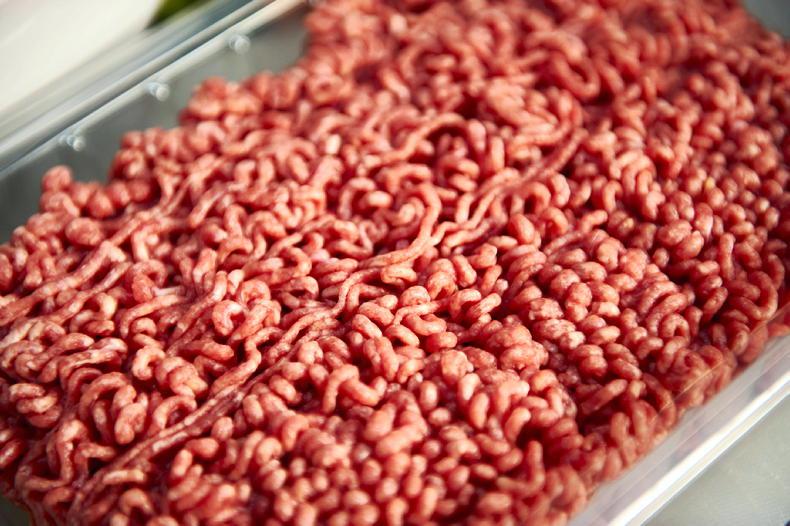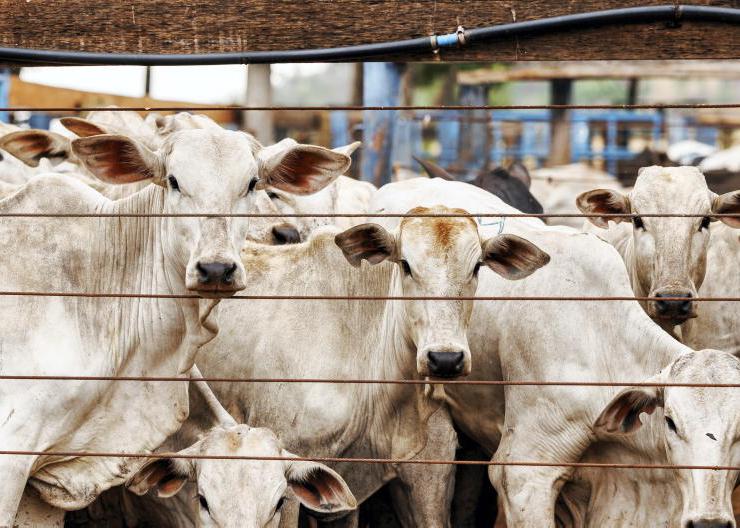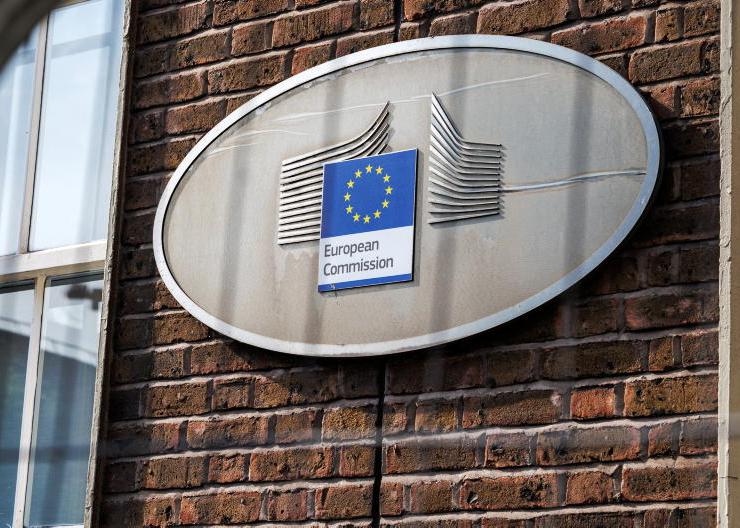Aged meat does not pose any additional risks compared with fresh meat if it is aged under controlled conditions, European Food Safety Association (EFSA) experts have concluded in a scientific opinion.
Meat ageing is a process during which microbes and enzymes act upon the meat to break down the connective tissue, tenderising the meat and giving it a richer flavour.
There are two main methods of ageing meat: wet ageing and dry ageing.
“Wet ageing is used for beef, pork and lamb that is stored and refrigerated in a vacuum package, while dry aged beef is refrigerated without packaging, which results in a dry surface that is cut off before preparation,” chair of EFSA’s panel on biological hazards Prof Kostas Koutsoumanis said.
“Aged meat has risen in popularity in recent years among the food industry and restaurants, yet until now there has been a lack of knowledge about its safety.
“EFSA’s advice contributes to fill that gap and provides a solid scientific basis for food business operators to produce aged meat that is safe.”
No additional risks
There are no additional risks involved, provided that the specific combination of time and temperature identified in the scientific opinion are observed during the ageing process, experts at the EFSA said.
For example, it said that dry aged beef can be considered as safe as fresh beef if ageing is done for up to 35 days at a temperature of 3°C or lower.
The food safety experts looked at current practices and identified the relevant pathogens and spoilage bacteria that might develop and survive during the ageing process and that could be harmful for health. These bacteria included E coli, salmonella, listeria and campylobacter.
They described the conditions, expressed as combinations of time and temperature of the ageing process, under which the production of dry aged and wet aged meat would result in the same level of safety as fresh meat.










SHARING OPTIONS